Have you ever imagined stepping into a world where humans play second fiddle to animals? Across the globe, there are places where wildlife flourishes without much human interference. These spots—ranging from remote islands to sprawling national parks—showcase the planet’s natural beauty and power. In these locations, animals don’t just live; they thrive, outnumbering humans by staggering margins. Whether you’re drawn to penguin-filled beaches or forests alive with unique species, these destinations remind us of the planet’s untamed side. Let’s dive into 20 remarkable places where animals take center stage and humans are just visitors.
1. Tashirojima (Cat Heaven Island)

YouTube
There is an island with more cats than people! It’s called Tashirojima, a small island located off the coast of Japan. Often referred to as “Cat Heaven Island,” Tashirojima is home to a large population of stray cats that vastly outnumber the human residents.
2. Big Major Cay, Bahamas
PxHere
Big Major Cay, also known as Pig Beach, is a slice of paradise with a twist—its most famous residents are pigs! These friendly creatures roam freely on the uninhabited island, often swimming in the crystal-clear waters. While the origins of the pigs remain a mystery, they’ve made the island their tropical home, completely outnumbering any human visitors. Tourists arrive by boat to see the pigs and feed them, but the animals are the true stars here. With its turquoise waters and quirky inhabitants, Big Major Cay offers an unforgettable and whimsical wildlife experience unlike anywhere else in the world.
3. Round Island, Mauritius
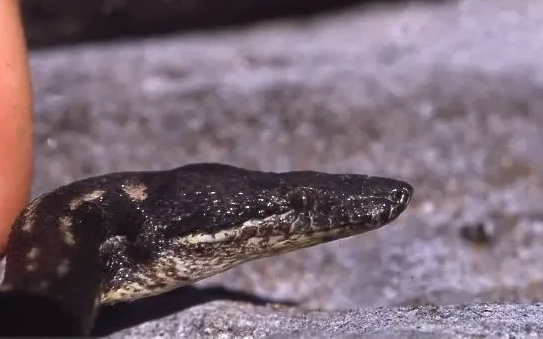
Animalia
Round Island, off the coast of Mauritius, is an ecological success story. Once plagued by invasive species, this volcanic island has been restored to a thriving sanctuary for rare reptiles, seabirds, and native plants. Conservation efforts have transformed Round Island into a haven where wildlife flourishes undisturbed by humans. The island’s reptile population, including several species of skinks and geckos, vastly outnumbers the occasional visitors. With no permanent human residents, this small island is a powerful example of how nature can rebound when given the chance. Its pristine beauty makes it a must-see for anyone passionate about wildlife and conservation.
4. South Georgia Island, South Atlantic Ocean
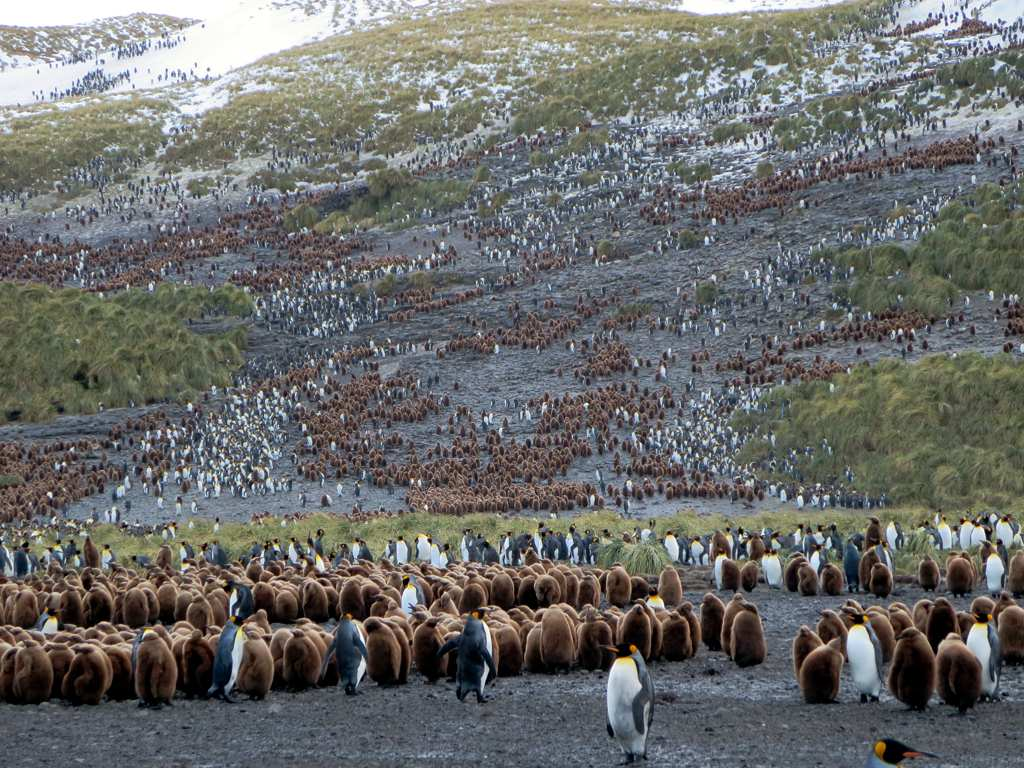
Flickr
South Georgia Island is a land of icy peaks, dramatic landscapes, and staggering wildlife populations. Its King Penguin colonies are among the largest in the world, with millions of birds congregating in vast, noisy groups. Seals lounge on the beaches while seabirds fill the skies, creating a vibrant ecosystem where animals reign. Human presence on the island is limited to a small number of scientists and museum staff, ensuring the wildlife thrives with minimal disturbance. Visiting South Georgia feels like stepping into another world, one where nature’s raw beauty and the sheer abundance of life leave an unforgettable impression.
5. Gough Island, South Atlantic Ocean
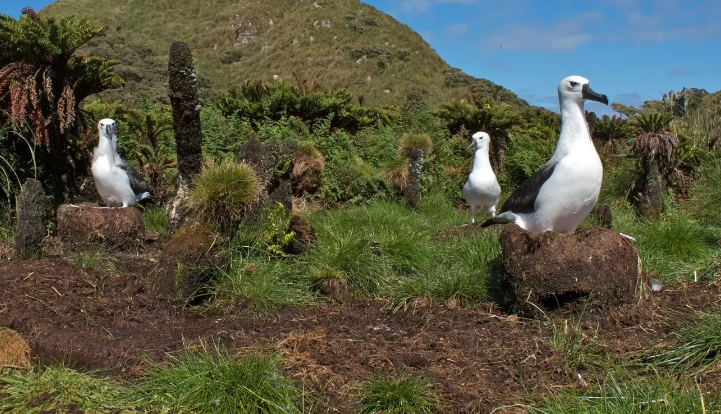
Animalia
Gough Island is one of the most important seabird habitats in the world, a place where millions of birds nest and thrive. Located in the South Atlantic, this remote island is almost untouched by humans, with only a few researchers occasionally visiting. Petrels, albatrosses, and prions dominate the skies and cliffs, creating an awe-inspiring spectacle of avian life. The rugged, windswept terrain provides a perfect home for these birds, allowing them to live undisturbed by human development. Gough Island’s isolation and thriving ecosystems make it a living testament to the power of nature when left to flourish on its own.
6. Falkland Islands, South Atlantic Ocean
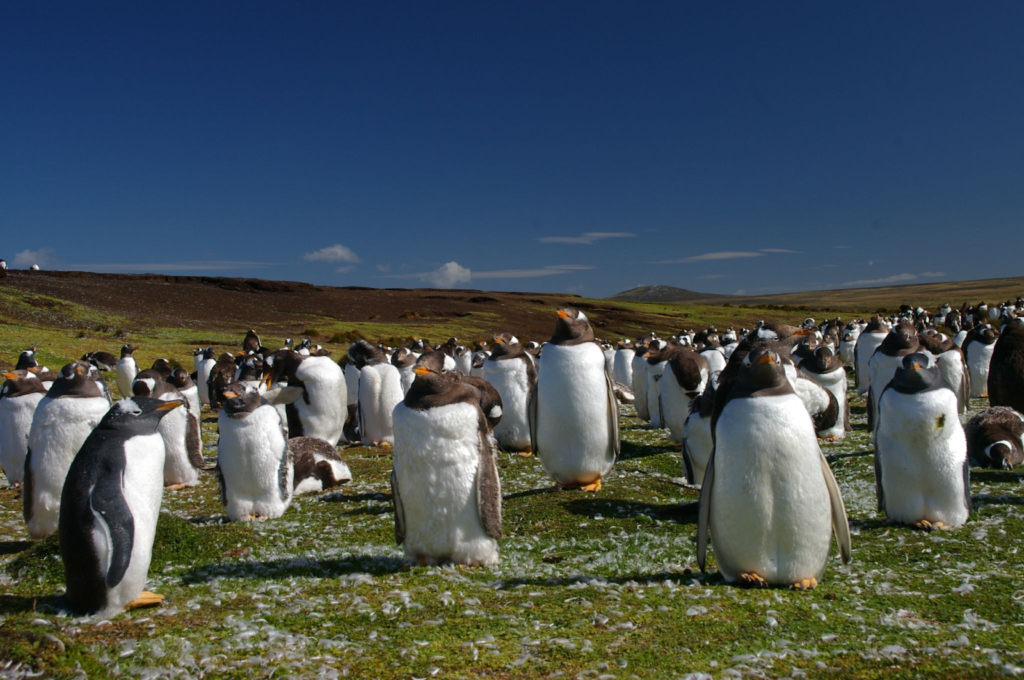
Wikimedia Commons
The Falkland Islands are a remote archipelago where wildlife flourishes on an impressive scale. With just 3,500 human residents but over a million penguins across five species, the balance of power is clear. King, Gentoo, Rockhopper, and Magellanic Penguins dominate the landscape, while albatrosses, sea lions, and orcas add to the area’s biodiversity. Walking through the penguin colonies is an immersive experience as they waddle, squawk, and go about their daily lives, seemingly unfazed by human observers. The Falklands are not just a wildlife haven but also a reminder of how ecosystems can thrive when nature takes the lead.
7. Farallon Islands, USA

Jeffrey Gray
Just off the coast of California, the Farallon Islands are a wild, untamed sanctuary for marine life and seabirds. These rocky outcroppings are home to thousands of nesting birds, seals, and even great white sharks. Human activity is strictly controlled, with only researchers allowed on the islands to study their rich biodiversity. The Farallons’ isolation and restricted access have allowed their ecosystems to flourish, offering a glimpse of California’s coastline as it might have looked centuries ago. Whether it’s the sight of elephant seals basking on the rocks or the thrill of spotting a shark, these islands are pure nature.
8. Christmas Island, Australia
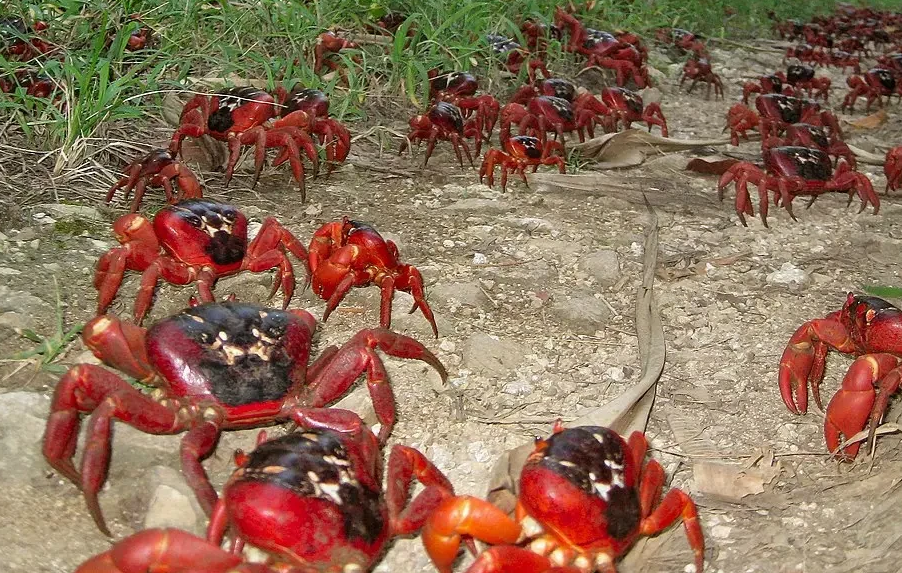
Animalia
Christmas Island comes alive every year during the red crab migration, a breathtaking natural event. Millions of bright red crabs cover the island as they move from the forests to the sea to breed. Roads, beaches, and pathways turn into rivers of crabs, an extraordinary spectacle that leaves the island’s human residents—about 2,000 people—in awe. The annual migration highlights the island’s unique ecosystems, where wildlife takes precedence. Christmas Island is also home to rare bird species and diverse marine life, making it a must-visit for anyone fascinated by the wonders of the natural world.
9. St. Kilda, Scotland

Wikimedia Commons
St. Kilda is a remote archipelago in Scotland’s Outer Hebrides, a place where humans abandoned their homes nearly a century ago. Now, seabirds rule these rugged cliffs, with puffins, gannets, and fulmars nesting in massive numbers. The island’s isolation makes it one of Europe’s most significant bird colonies, offering a glimpse into a world where nature operates on its own terms. Visiting St. Kilda feels like traveling back in time, with its dramatic landscapes and untamed wildlife creating an unforgettable experience. It’s a haven for birds and a stark reminder of how quickly nature reclaims its space when left alone.
10. Kangaroo Island, Australia
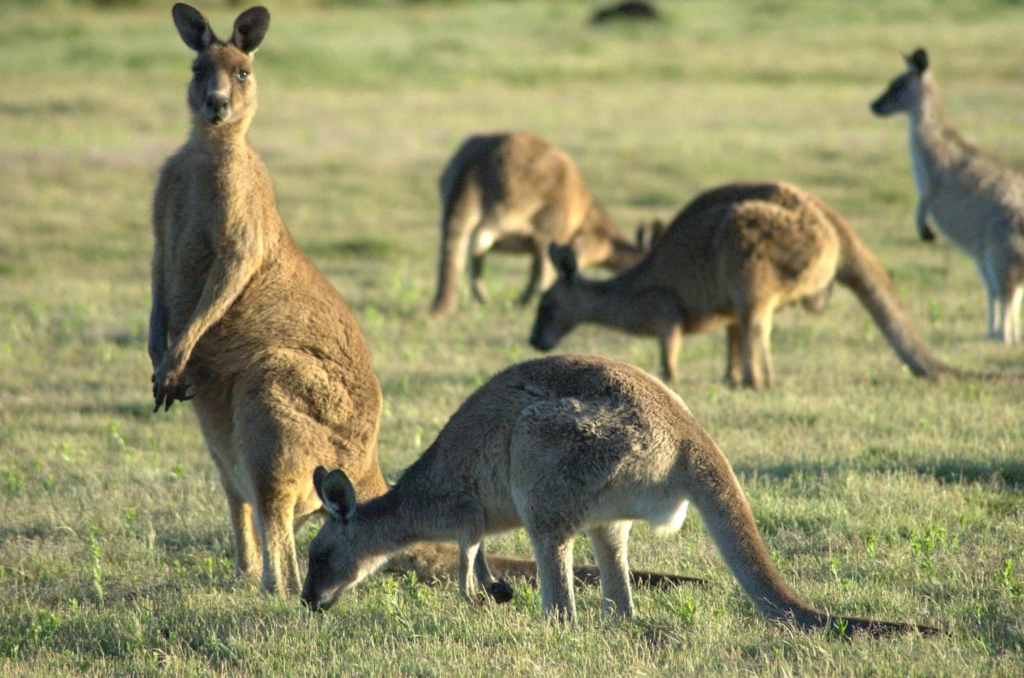
Animalia
Kangaroo Island, off the southern coast of Australia, is a wildlife lover’s dream. True to its name, the island is teeming with kangaroos and wallabies, but they’re not the only stars here. Koalas, echidnas, and sea lions also call this place home, outnumbering the human population by a wide margin. The island is a conservation hotspot, protecting many native species that are rare or endangered on the mainland. Visitors can explore lush forests, sandy beaches, and rugged cliffs while spotting animals in their natural habitats. Kangaroo Island feels like a snapshot of what Australia was like before urbanization.
11. Deception Island, Antarctica
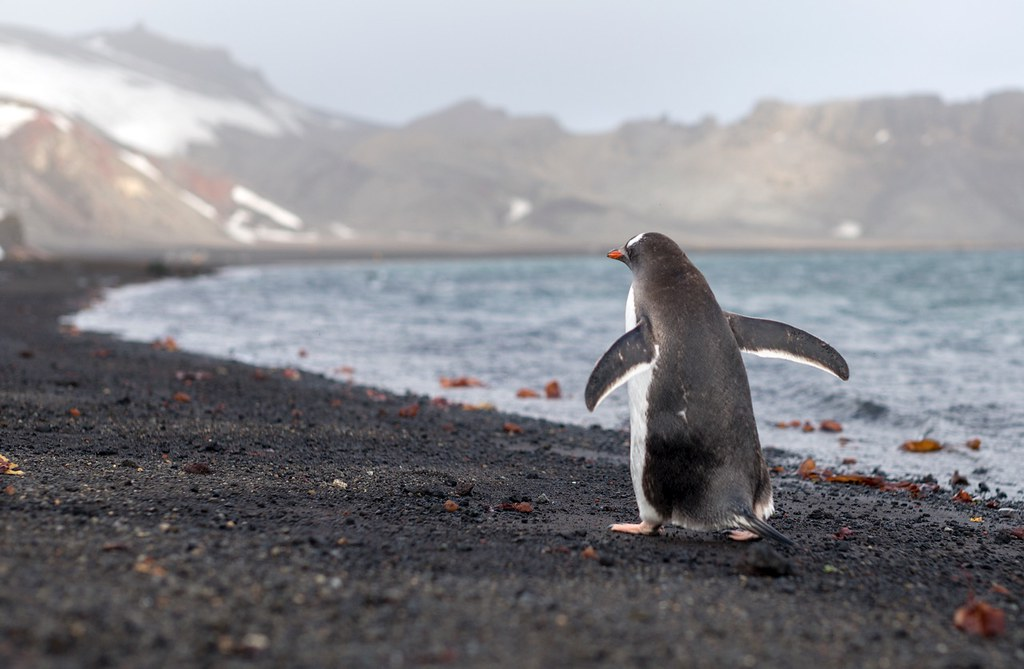
Flickr
Deception Island might sound ominous, but it’s a sanctuary for wildlife in one of the most extreme environments on Earth. This volcanic island in Antarctica is home to massive colonies of chinstrap penguins, seals, and seabirds that thrive in its icy waters. What makes Deception Island unique is its unusual landscape, with geothermal beaches and a flooded caldera creating a stark contrast to the surrounding icy wilderness. The animals here flourish in peace with no permanent human residents and limited scientific activity. Visiting this island is a reminder of the resilience and beauty of life in even the harshest conditions.
12. Aldabra Atoll, Seychelles
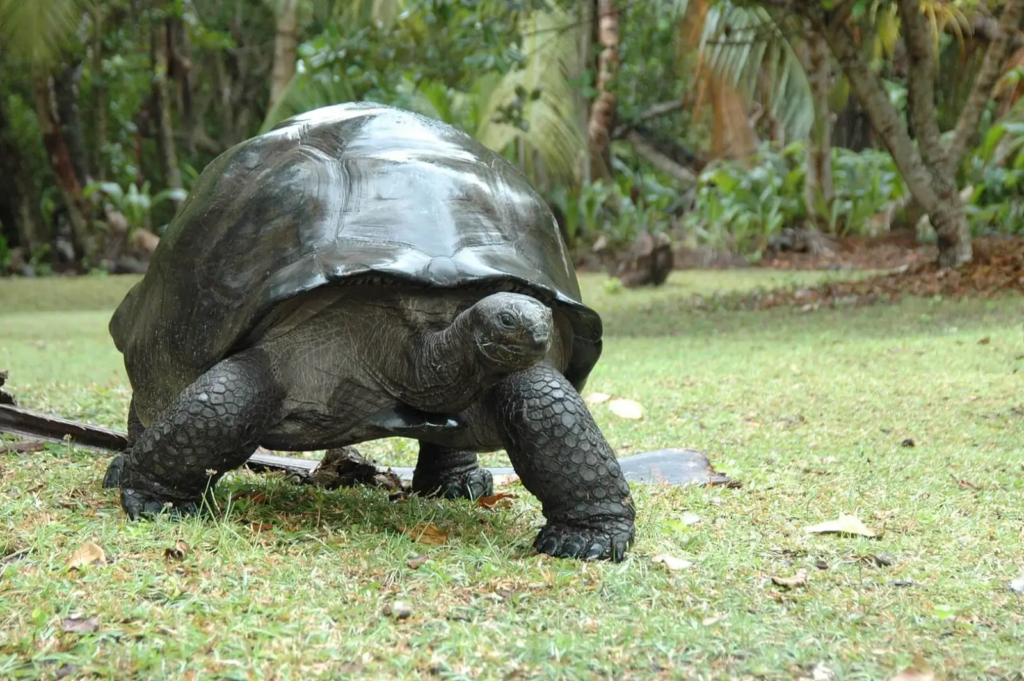
Animalia
Aldabra Atoll in the Seychelles is one of the most untouched ecosystems on the planet. Known as the land of the Giant Tortoises, the atoll is home to around 100,000 of these slow-moving, ancient creatures. It’s also a hotspot for unique bird species, including the Aldabra rail, the only flightless bird in the Indian Ocean. Human presence is almost non-existent, with only researchers and conservationists allowed to visit. Aldabra Atoll feels like stepping into a prehistoric world where animals rule, undisturbed by modern life. Its beauty and biodiversity make it one of the most remarkable wildlife sanctuaries on Earth.
13. Isla Espíritu Santo, Mexico

Animalia
Isla Espíritu Santo, part of the Baja California Sur region in Mexico, is a natural wonder teeming with wildlife. Declared a UNESCO Biosphere Reserve, this island hosts a vibrant ecosystem of birds, reptiles, and marine life. Sea lions play along the shores, while frigatebirds soar above. The surrounding waters are filled with colorful fish, rays, and even whale sharks. Strict eco-tourism rules ensure that human impact is minimal, giving animals the freedom to thrive. A visit to Espíritu Santo feels like an immersive experience in nature’s untouched glory, where every snorkel or hike brings you closer to its wild inhabitants.
14. Miyajima Island, Japan
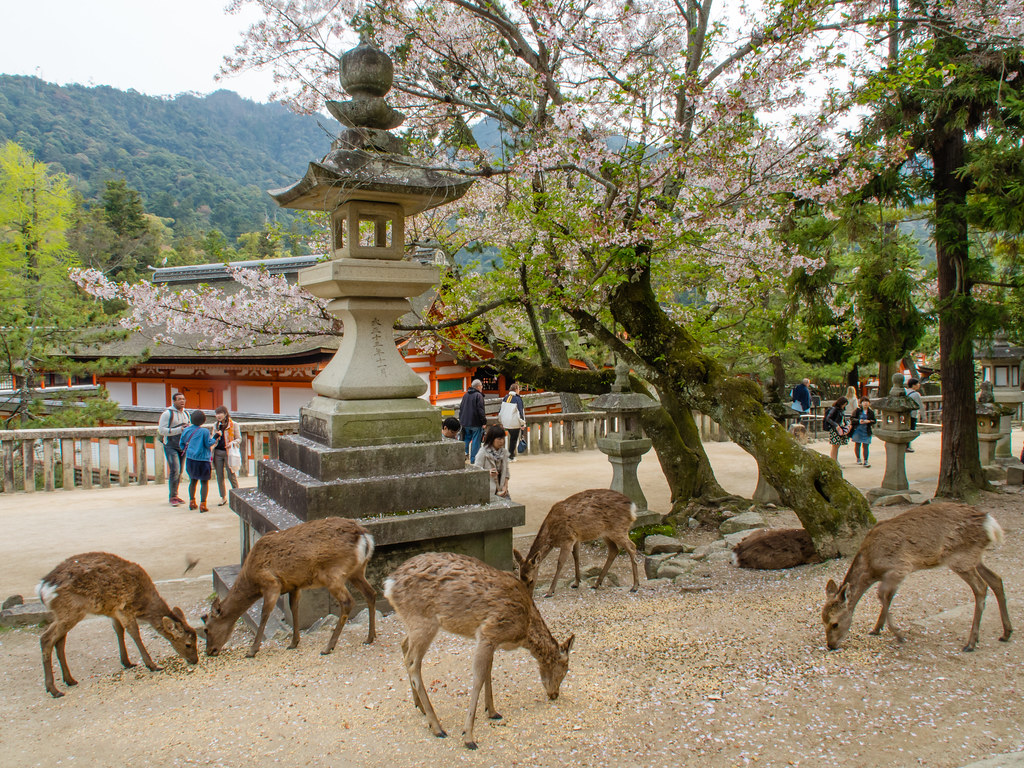
Flickr
Miyajima Island, just off the coast of Hiroshima, is a place where deer wander freely and live in harmony with humans. Considered sacred in Japanese culture, the Deer are believed to be messengers of the gods. They roam the island’s forests, temple grounds, and even streets, often interacting with visitors in search of snacks. The human population is small, giving the deer plenty of space to thrive. Miyajima’s peaceful coexistence of animals and people, combined with its stunning views of the Itsukushima Shrine, makes it a magical destination where nature and culture blend seamlessly.
15. Okunoshima, Japan
Flickr
Okunoshima, better known as Rabbit Island, is an adorable anomaly. Located in Japan’s Inland Sea, this small island is home to hundreds of rabbits that roam freely, hopping up to visitors for food and attention. These rabbits are thought to be descendants of those left behind after World War II, and they’ve since multiplied to outnumber humans by a staggering margin. Visitors can explore the island’s historical sites while being surrounded by these fluffy residents. Okunoshima is a quirky, heartwarming destination that offers a unique chance to see animals living in harmony with their natural environment.
16. Skomer Island, Wales
Wikimedia Commons
Skomer Island is a tiny gem off the coast of Wales, renowned for its Puffin population and other seabirds. During the breeding season, the island comes alive with Puffins nesting on the cliffs, razorbills fishing in the waters, and seals lounging on the shores. With no permanent human residents, the island is a haven for wildlife. Visitors are allowed only during specific months and in limited numbers, ensuring the delicate ecosystems remain undisturbed. Walking through Skomer feels like entering a bird-filled paradise, where the sights and sounds of nature create a captivating escape from the bustle of everyday life.
17. Serengeti National Park, Tanzania
Flickr
The Serengeti is one of the world’s most iconic wildlife destinations, known for its incredible animal migrations and sprawling landscapes. Millions of wildebeest, zebras, and gazelles migrate across its plains each year, followed closely by predators like lions, cheetahs, and hyenas. Elephants, giraffes, and countless bird species add to the park’s biodiversity. While the Serengeti does attract tourists, the sheer number of animals ensures that nature dominates. Watching a lion stalk its prey or witnessing a river crossing during the Great Migration is an awe-inspiring reminder of the raw power of the natural world.
18. Galápagos Islands, Ecuador
Wikipedia
The Galápagos Islands are a naturalist’s dream, home to species found nowhere else on Earth. From the slow-moving giant tortoises to the quirky blue-footed boobies, the islands’ wildlife has little fear of humans. Strict conservation rules limit human activity, ensuring the animals maintain their dominance. Visitors can snorkel with sea lions, marvel at marine iguanas sunbathing on lava rocks, or watch finches hop between branches, just as Charles Darwin did. The Galápagos offers a rare chance to experience nature in its purest form, a living reminder of how unique and diverse life on Earth truly is.
19. Antarctica
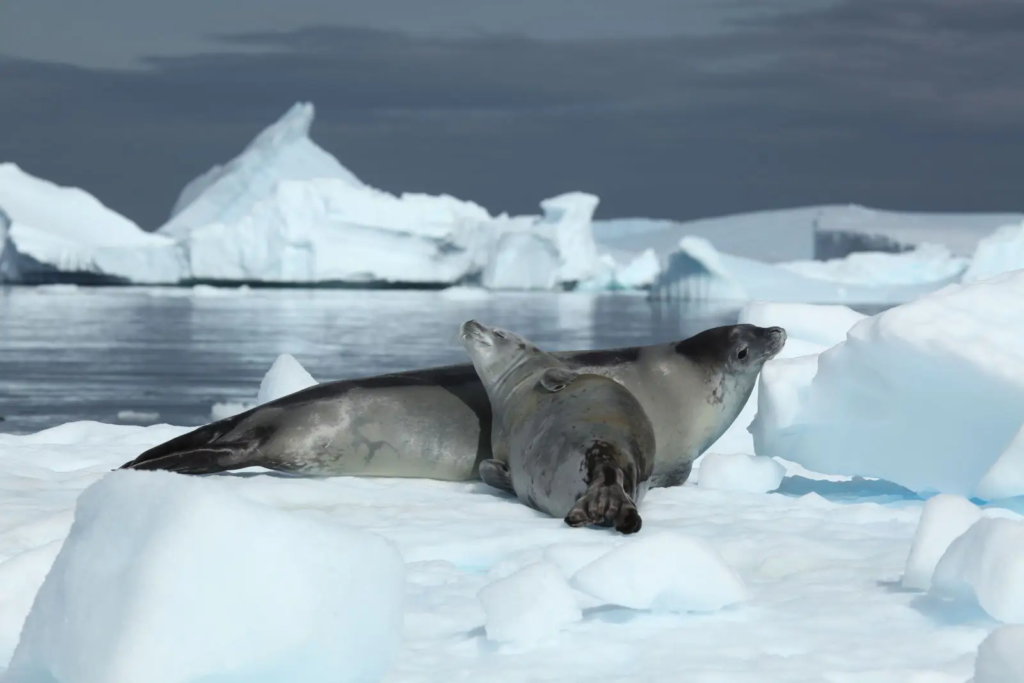
Animalia
Antarctica is the ultimate wildlife destination, a place where humans are temporary guests in a land dominated by penguins, seals, and whales. The icy continent supports massive colonies of emperor and Adélie penguins, while leopard seals patrol the waters, and humpback whales breach in the distance. With no permanent human residents, the wildlife thrives in its pristine environment. Scientific research stations host seasonal visitors, but their presence is fleeting. Antarctica’s vast, icy landscapes and abundant wildlife create a sense of wonder and isolation that few places on Earth can match. It’s nature at its most raw and majestic.
20. Yellowstone National Park, USA

Flickr
Yellowstone National Park, America’s first national park, is a sprawling wilderness where animals still hold the majority. Bison roam the plains in massive herds, bears forage in the forests, and elk graze in the valleys. The park’s geothermal features, like geysers and hot springs, add to its unique charm. While millions of tourists visit each year, the park’s vastness ensures that animals remain the true stars. Witnessing a bison crossing the road or spotting a wolf in the distance is a reminder of the power and beauty of the wild. Yellowstone is a treasure where humans are simply spectators.
21. Bonaventure Island, Canada

Flickr
Located off the coast of Quebec, Bonaventure Island is home to one of the world’s largest colonies of Northern Gannets. Over 100,000 of these striking seabirds nest on its cliffs, creating a cacophony of sound and motion. The island also hosts puffins, razorbills, and seals, all thriving in this protected sanctuary. With no permanent human residents and limited tourism, Bonaventure Island offers a front-row seat to the natural spectacle of marine bird life.
22. Białowieża Forest, Poland and Belarus
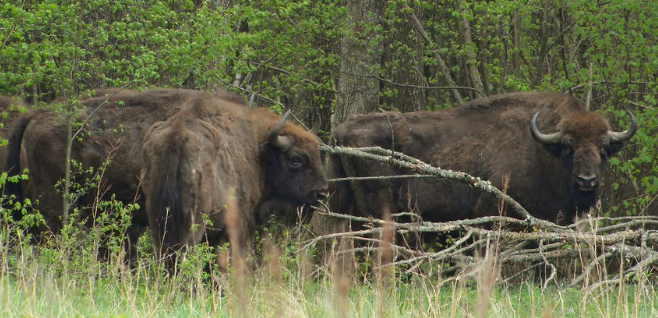
Flickr
This ancient forest is one of Europe’s last remaining primeval woodlands and a stronghold for wildlife. It’s home to a significant population of European bison, as well as wolves, lynxes, and countless bird species. The forest’s protected status and strict visitor regulations ensure that the animals remain undisturbed in their natural habitat. Exploring Białowieża feels like stepping back in time to a Europe untouched by human hands.
23. Raja Ampat Islands, Indonesia

Freerange Stock
Raja Ampat, a remote archipelago in Indonesia, boasts some of the richest marine biodiversity on Earth. Its coral reefs teem with vibrant fish, sea turtles, manta rays, and even reef sharks. On land, rare birds like the Wilson’s bird-of-paradise and endemic marsupials thrive in the dense jungle. The islands’ low population and eco-tourism policies make it a haven for wildlife and a paradise for nature enthusiasts.
24. Ngorongoro Conservation Area, Tanzania
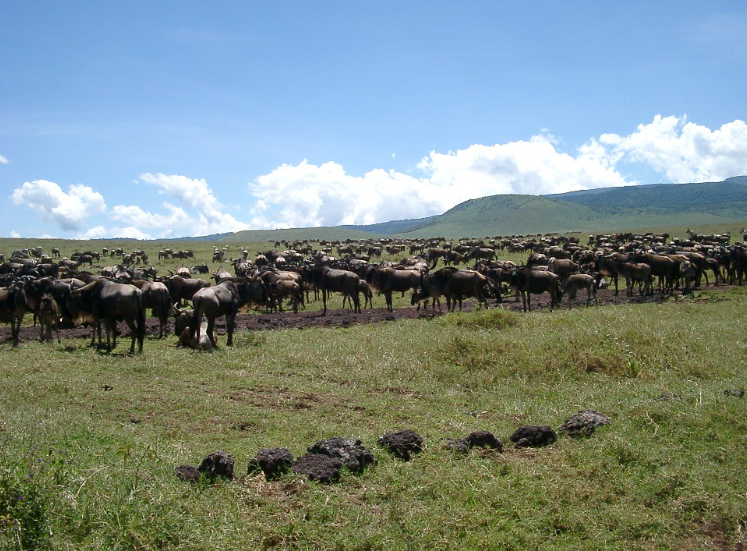
Wikimedia Commons
The Ngorongoro Crater is a unique ecosystem where wildlife reigns supreme. Thousands of animals, including lions, elephants, zebras, and flamingos, inhabit this natural caldera, which remains one of Africa’s most iconic wildlife hotspots. Human presence is limited to carefully monitored safaris, ensuring minimal impact on the animals. Watching herds of wildlife move freely across the crater floor is an unforgettable experience.
25. Cocos Island, Costa Rica

Flickr
Dubbed the “Treasure Island” of the Pacific, Cocos Island is a UNESCO World Heritage Site known for its incredible underwater life. Its surrounding waters are a magnet for hammerhead sharks, dolphins, rays, and sea turtles. On the island itself, lush forests shelter endemic birds and reptiles. With no permanent residents and strict protections in place, Cocos Island offers a pristine escape into a world dominated by nature.


